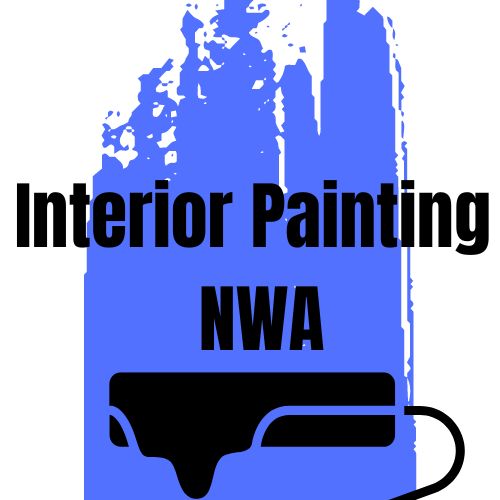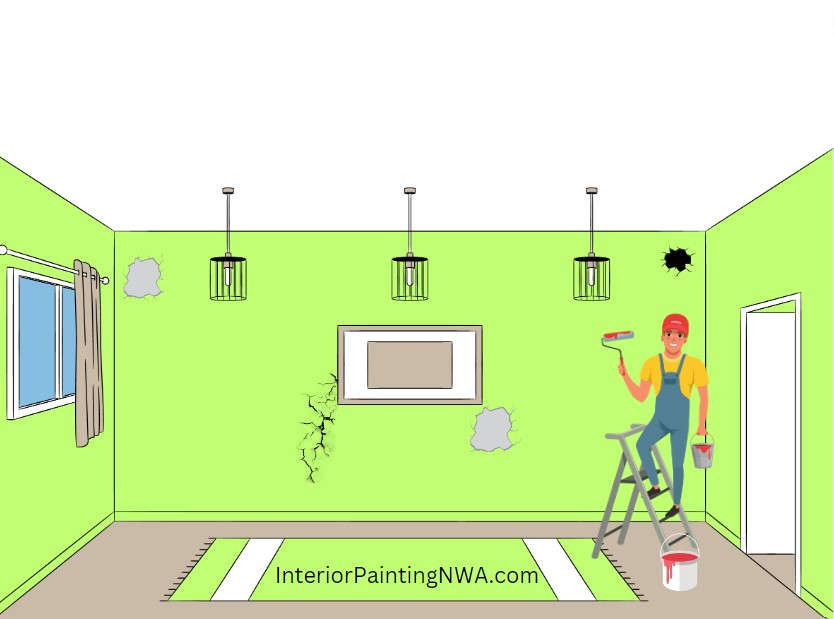As a homeowner, you may be wondering if you can simply paint over old paint instead of going through the tedious process of stripping it off. The answer is, it depends. In some cases, painting over old paint can be done successfully, but it’s important to take the proper steps to ensure a quality and long-lasting finish.
What condition the old paint is in
First and foremost, it’s important to assess the condition of the old paint. If the old paint is in good condition, meaning it’s not cracking, peeling, or flaking, then you may be able to paint over it. However, if the old paint is in poor condition, it’s important to remove it before applying a new coat of paint.
If you do decide to paint over old paint, it’s important to properly prepare the surface before applying the new coat. This involves cleaning the surface thoroughly to remove any dirt, grime, or grease. Any loose or flaking paint should also be removed, and the surface should be sanded to create a rough texture that will help the new paint adhere.
Consider using primer over the old paint
Once the surface is properly prepped, you can apply a primer to thoroughly cover the old color. A primer is especially important if you’re painting over a dark color with a lighter one, as it will help prevent the old color from bleeding through. Applying a primer will also help the new coat of paint adhere better and last longer.
After the primer has dried, you can apply one or two coats of the new paint. Keep in mind that the more coats you apply, the more durable the finish will be. It’s also important to use high-quality paint, as this will not only look better but will also last longer.
Read more.
Using Paint and primer in one paint
Another option is to use paint and primer in one paints, which are a newer option on the market. These types of paints are designed to both prime and paint at the same time, which could be ideal for your situation and even shorten the project. However, it’s still important to properly prepare the surface before applying this type of paint.
It’s worth noting that while painting over old paint may be a cost-effective solution, it’s not always the best option. If the old paint is in poor condition or there are layers of old paint that have built up over time, it may be necessary to strip the old paint off completely. This will ensure a smooth and even surface for the new coat of paint, which will result in a better-looking and longer-lasting finish.
Type of paint that was used previously
When considering whether to paint over old paint, it’s also important to consider the type of paint that was used previously. If the old paint is oil-based and the new paint is water-based, it may not adhere properly and may peel or crack over time. In this case, it’s necessary to sand the surface to create a rough texture, apply a primer specifically designed for oil-based paint, and then apply the new coat of water-based paint.
Color of the paint
It’s also important to consider the color of the old paint when choosing a new color. Darker colors may require more coats of paint to fully cover, which can be more time-consuming and costly. It’s also important to consider the color of the walls in different lighting conditions, as colors can appear differently in natural light versus artificial light.
Have a test area for the paint
Before starting the painting process, it’s a good idea to test a small area first to ensure that the new paint adheres properly and that the color looks the way you want it to. This will also give you an idea of how many coats of paint will be necessary to achieve the desired finish.
In addition to proper surface preparation and choosing the right type of paint, there are other factors to consider when painting over old paint. For example, it’s important to use the right type of brush or roller for the type of paint you’re using, as well as to properly clean and store your painting tools to ensure their longevity.
The main thing you should get out of this blog
Overall, painting over old paint can be a viable option if the old paint is in good condition and the proper steps are taken to prepare the surface and choose the right type of paint. However, it’s important to keep in mind that in some cases, it may be necessary to completely strip the old paint off for the best results.
Consult a professional painter
If you’re unsure whether painting over old paint is the right choice for your project, it’s always a good idea to consult with a professional painter who can offer expert advice and guidance based on your specific needs and circumstances.
Read More
FAQ
Can I paint over old paint without removing it?
Yes, you can paint over old paint if it’s in good condition and properly prepped.
What should I do before painting over old paint?
Before painting over old paint, you should clean the surface, remove any loose or flaking paint, and sand the surface to create a rough texture.
Do I need to use a primer when painting over old paint?
Yes, it’s recommended to use a primer to thoroughly cover the old color and create a surface that the new paint can adhere to.
What type of primer should I use when painting over old paint?
The type of primer you should use depends on the type of paint you’re using and the condition of the old paint. Consult with a professional if you’re unsure.
How many coats of paint should I apply when painting over old paint?
You should apply at least one coat of primer and one or two coats of paint for a durable and long-lasting finish.
Can I use paint and primer in one when painting over old paint?
Yes, paint and primer in one paints are a newer option on the market and can be ideal for painting over old paint.
What should I do if the old paint is in poor condition?
If the old paint is in poor condition, it’s recommended to strip it off completely before applying a new coat of paint.
Can I paint over oil-based paint with water-based paint?
Yes, but it’s important to properly prepare the surface and use the appropriate primer and paint for the job.
What should I do if I’m not sure whether to paint over old paint or strip it off?
Consult with a professional painter who can offer expert advice and guidance based on your specific needs and circumstances.
How can I test the new paint before applying it to the entire surface?
Test a small area first to ensure that the new paint adheres properly and that the color looks the way you want it to.
Can I paint over dark-colored old paint with a lighter color?
Yes, but it may require more coats of paint to fully cover, which can be more time-consuming and costly.
Should I consider the color of the walls in different lighting conditions before choosing a new color?
Yes, colors can appear differently in natural light versus artificial light, so it’s important to consider the lighting conditions before making a final decision.
What type of brush or roller should I use when painting over old paint?
Use the right type of brush or roller for the type of paint you’re using, and consider the texture of the surface you’re painting.
Should I properly clean and store my painting tools?
Yes, proper cleaning and storage of your painting tools can ensure their longevity and prevent damage to the tools.
Is it always necessary to hire a professional painter to paint over old paint?
No, if you follow the proper steps and take the necessary precautions, you can paint over old paint yourself. However, if you’re unsure or have a large project, it may be wise to consult with a professional.
Read More

